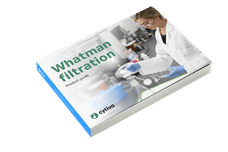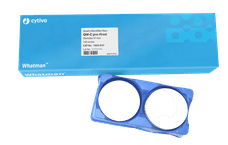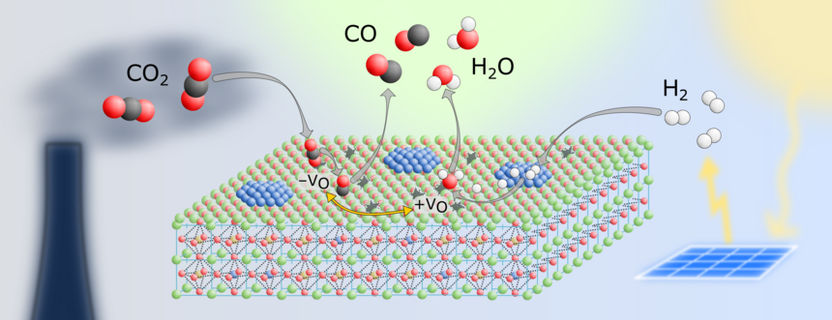A chemical additive makes paper resistant to tearing
Paper bags are becoming sturdier, kitchen towels more durable: researchers at BASF have discovered a way to make paper even more resistant to tearing. By adding small amounts of polyvinylamine (PVAm) to the natural ingredients in paper - cellulose and wood pulp - the scientists have succeeded in increasing the resistance of both dry and wet paper to tearing. This not only opens up novel applications for paper; it also simplifies production and reduces problems associated with recycling.
According to a recommendation by Germany's Federal Institute for Consumer Health Protection and Veterinary Medicine (BgVV), the new tear-resistant paper also meets the hygienic requirements for food packaging material. By the year 2001, BASF intends to build a large-scale production facility in Ludwigshafen for its new product, polyvinylamine.
A wet paper towel that won't rip as easily
A tug, a grip, and already the happy picture is torn apart. Paper tears easily, which is an advantage when it isn't supposed to last. It is a big disadvantage, though, when this natural material must be strong. Whether wallpaper, labels or kitchen towels - the types of paper are as diverse as its applications. Ink is not supposed to run on writing paper, but blotting paper should quickly absorb splotches. In the case of wrapping paper, strength is required, even when it gets wet. Filter papers have to withstand even the boiling hot water poured over coffee grounds.
But wet paper has, by its very nature, only a low resistance to tearing. A wet fish can be wrapped in newspaper, but not for very long. A paper shopping bag, on the other hand, stays sturdy even when the milk from the grocery store leaks onto it.
"Paper isn't naturally strong when it's wet," says Dr. Sigberg Pfohl, head of the Paper Academy of BASF AG. When normal newspaper gets wet, it retains only about five percent of its dry strength. With the new BASF product polyvinylamine, the residual strength is increased to between 20 and 30 percent. Polyvinylamine joins the paper fibers together so strongly that even a damp kitchen towel stubbornly resists the strain put on it.
Stronger and sturdier with fiber contact over large areas
Paper consists primarily of long cellulose fibers or shorter wood pulp fibers, the so-called "mechanical pulp." The amount of chemical additives makes up only a few percent. Nevertheless, the additives are crucial for qualities such as absorbency, writing properties, gloss, color, or resistance to tearing. Paper is not naturally resistant to tearing. The cellulose fibers settle together loosely, connecting via what are called "hydrogen bridges." This is the case with newspaper, for example. If the contact area between fibers is enlarged or the number of linkages is increased, the paper becomes stronger. This effect can, for example, be achieved by addition of starch, which is chemically very similar to cellulose. Experts call this the "dry strength" of paper.
The polymer chains of the cellulose fibers carry negative charges. In order for starch to be able to act like a glue between the cellulose fibers, it must be modified by introducing positive charges that reinforce the bond to the cellulose fibers. Researchers at BASF have now shown that this type of modification of starch can be accomplished particularly well with the substance polyvinylamine. For this discovery they received the BASF Innovation Award 2000. But the substance can do even more. Addition of pure polyvinylamine as a bonding agent during production makes the paper resistant















































